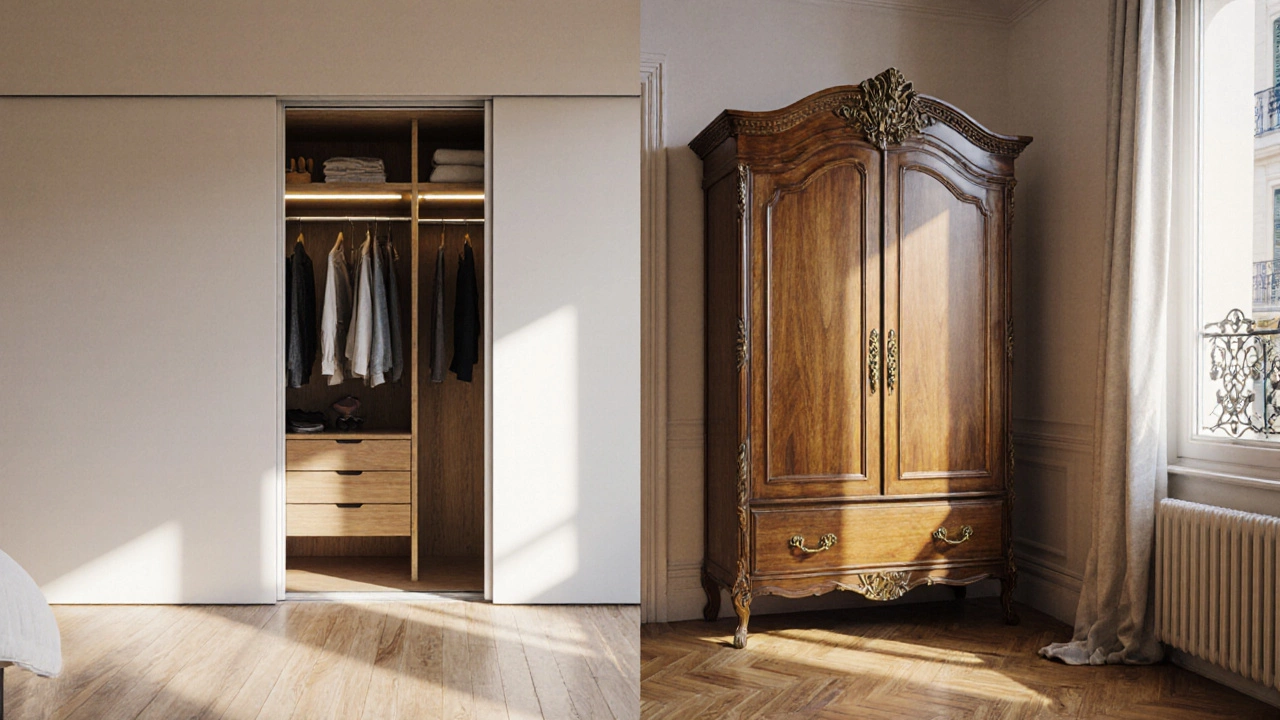Closets Europe – Design, Storage & Sustainable Choices
When working with Closets Europe, a range of storage furniture designed for European homes, blending style with practicality. Also known as European closets, it helps organise clothing and accessories while fitting regional spatial norms.
In the same space, Wardrobe, a tall, free‑standing closet often used for hanging garments and Armoire, a decorative, often wooden storage piece that doubles as a display play key roles. A Storage Container, an airtight box that keeps items safe from pests and dust adds flexibility for seasonal wear. Together these pieces create a full‑body storage system that adapts to small flats or large houses alike.
Why European Closets Matter
European homes often prioritize efficient use of space, so Closets Europe must balance form and function. The region’s design heritage values clean lines, natural materials, and modular layouts. That means a well‑planned closet can include sliding doors to save floor area, built‑in lighting for visibility, and adjustable shelves for changing needs. Sustainable bamboo, a hallmark of Bamboo Tiger Furniture Store, offers durability while keeping the carbon footprint low, which aligns with the growing eco‑conscious trend across the UK.
Choosing the right wardrobe budget is another crucial step. A 2025 guide shows that a solid oak wardrobe can range from £500 to £2,000, while bamboo options often sit between £400 and £1,200, delivering comparable strength for less environmental impact. Knowing the material costs, warranty length, and resale value helps you avoid overspending and ensures long‑term satisfaction.
Language can be confusing too. Some people call a closet a “wardrobe,” others prefer “armoire,” and a few even use “closet” interchangeably with “storage cupboard.” Understanding these synonyms lets you compare product listings accurately and spot the best deals. For instance, a “built‑in armoire” might offer hidden drawers, while a “freestanding wardrobe” could provide easier relocation.
Beyond the main pieces, accessories like pull‑out shoe racks, tie organizers, and fabric boxes turn a plain closet into a lifestyle hub. Pairing these with pest‑proof storage containers prevents moth damage, a common issue in damp European climates. Simple habits—regular vacuuming, using cedar blocks, and sealing fabrics—extend the life of every item inside your closet system.
All these factors—design, budget, terminology, and sustainability—interact to shape the perfect European closet. Below you’ll find a curated collection of articles that dive deeper into each aspect, from measuring your space to picking the right bamboo finish. Keep reading to discover practical tips, real‑world comparisons, and expert advice that will help you build a closet that looks great and works even better.
Why Europe Has Few Closets: History, Design, and Modern Alternatives
Explore why European homes rarely feature built‑in closets, tracing history, space constraints, and building codes, and discover modern wardrobe alternatives for today’s apartments.
View more